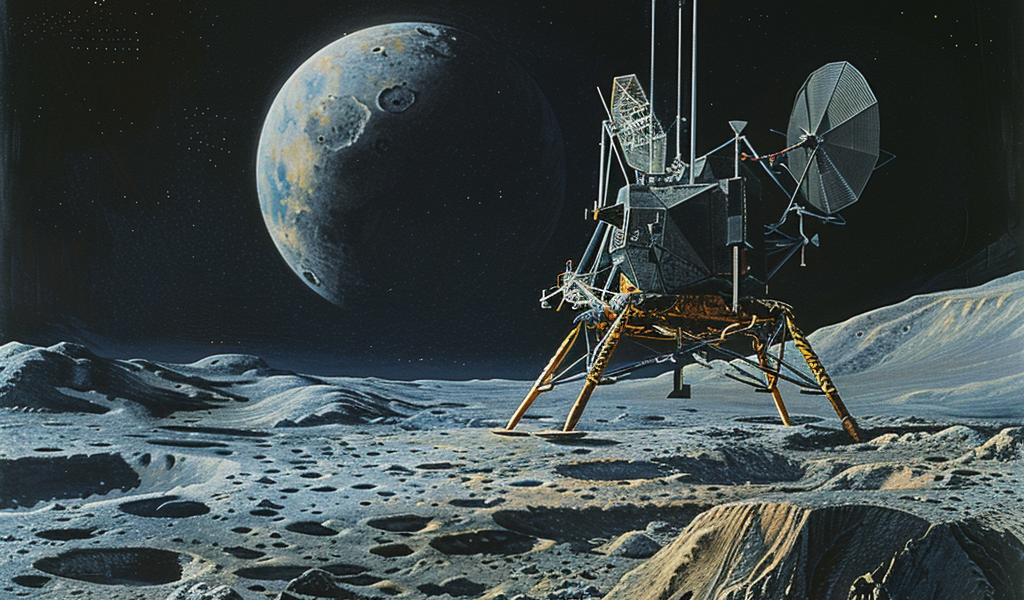Lunar Lander Odysseus Successfully Lands Near Moon’s South Pole for Radio Astronomy Milestone
On February 22, a lunar lander named Odysseus successfully landed near the Moon’s South Pole despite technical challenges. The NOVA-C lander, built by Intuitive Machines, deployed antennas to record Earth’s radio waves, marking a significant milestone in radio astronomy from the Moon.
Jack Burns, an astrophysicist at the University of Colorado Boulder, described this event as the ‘dawn of radio astronomy from the Moon.’ The ROLSES experiment, part of the Odysseus mission, aims to contribute to the search for extraterrestrial life by studying radio emissions.
During the 244th Meeting of the American Astronomical Society, Burns presented updates on the ROLSES data and outlined plans for future radio astronomy missions from the Moon.
Intuitive Machines’ successful landing and data collection were commended by Burns, highlighting the company’s dedication and technical expertise. The ROLSES experiment, led by Natchimuthuk Gopalswamy at NASA’s Goddard Space Flight Center, included antennas and a radio spectrometer to capture radio emissions near the Moon and in deep space.
Despite the mission’s challenges, ROLSES provided a unique perspective by observing Earth as if it were an exoplanet. This innovative approach opens new possibilities for studying celestial bodies and understanding the universe beyond our planet.





